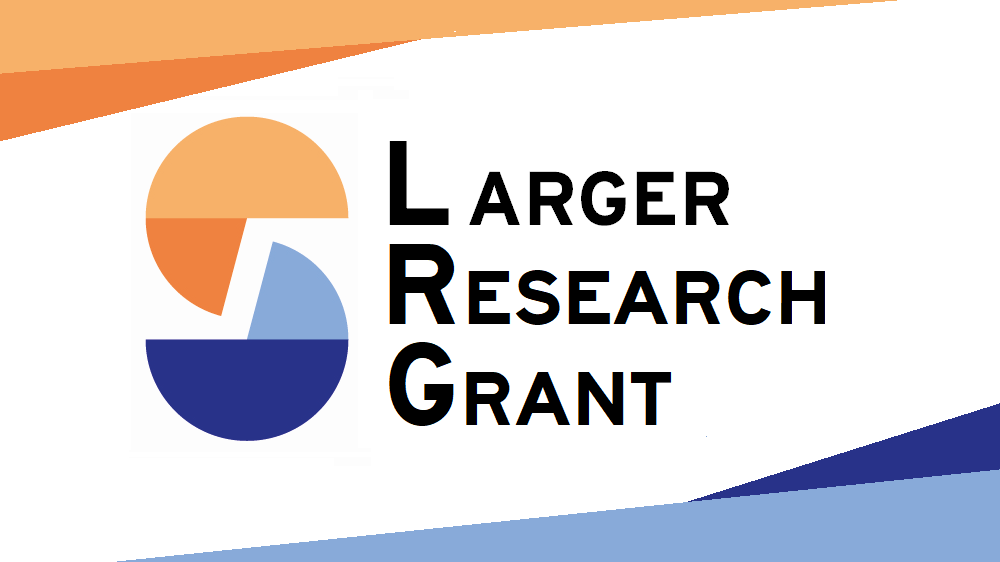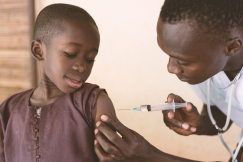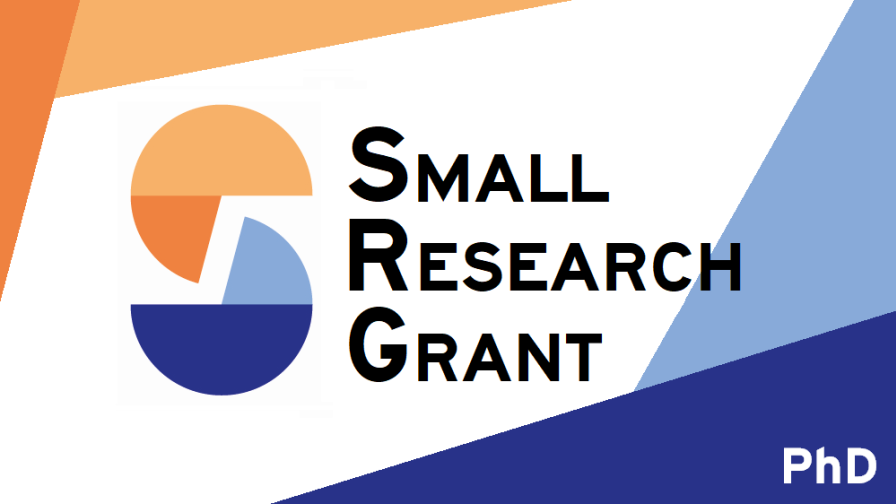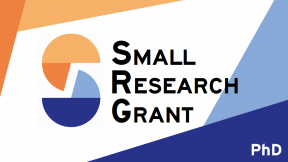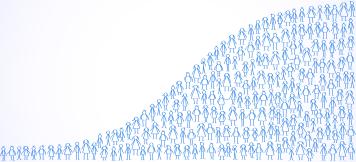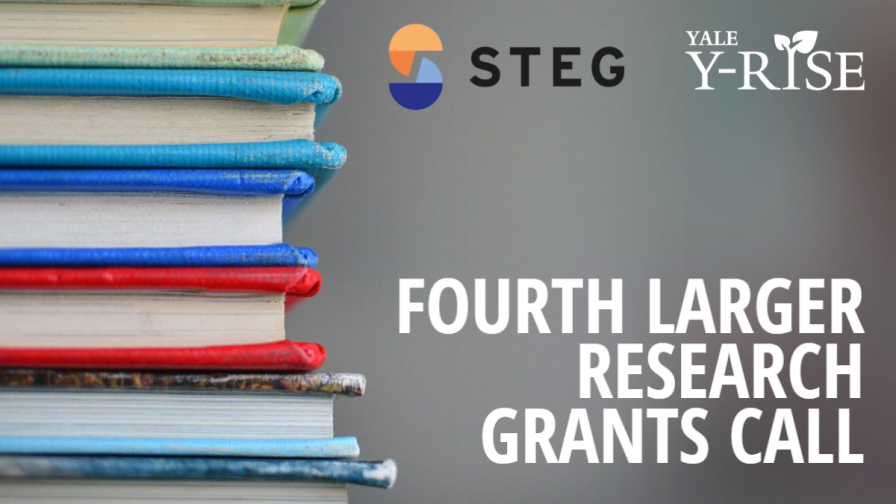What is the impact of the decline in the cost of technology (either through technological improvements or via government interventions) on technological diffusion and income inequality? Understanding the uneven use of technology along the income distribution within countries at different stages of development is of most importance to assess potential winners and losers of technological change as well as to better target policies that aim at fostering technological inclusion. The availability and use of household consumer durables is intertwined with productivity in home-production, family micro-enterprises as well as households’ labour supply decisions. Despite the relevance of consumer durables for household decisions, there is scattered evidence on expenditure behaviour across broad categories of consumer durables along the income distribution, let alone harmonised measures across countries. This study fills the gap by constructing measures of Technology Engel Curves exploiting and harmonising cross-country expenditure in durable goods from household surveys in sub-Saharan African countries. Time coverage is constrained by the availability of these surveys and varies by country. This empirical exercise will be later expanded to other developing countries.
Preliminary analysis for a three sub-Saharan countries suggests that expenditure shares in mobile technologies decline with income and that the quality gradient of these mobile phone technologies is much larger than those in other consumer durables like TVs and Radios. Patterns for other consumer durables and a larger set of countries are under construction. The study will use these patterns to discipline an otherwise standard model of structural change with heterogenous income elasticities to different durable goods. This economy will be a laboratory to assess the impact of shifts in the cost of these consumer durables on labour supply, self-employment labour productivity and consumption inequality within an economy; as well as heterogeneity in these responses across the income spectrum.
The output of this research will be relevant to initiatives looking to improve the adoption of modern technologies in poorer economies, and in particular, initiatives geared towards expanding digital technologies, e.g. the African Union’s Digital Economy for Africa (DE4A) initiative, or the World Bank’s Digital Development Partnership (DDP) whose objective is to bring inclusive digitalisation in developing countries. Their distributional impact, as well as the effects of the expansion of digital technologies on labour supply decisions are not well understood.
